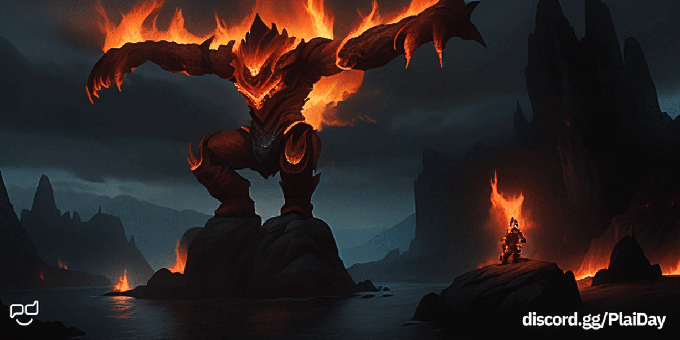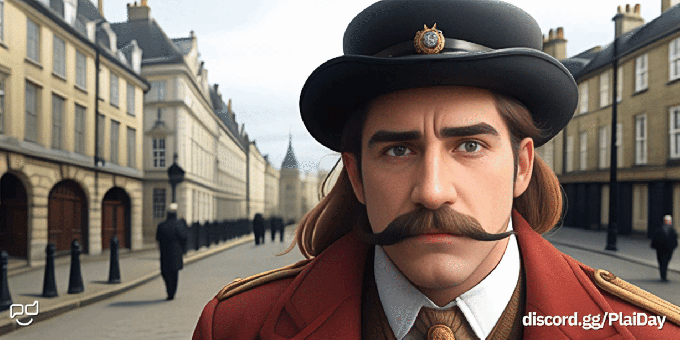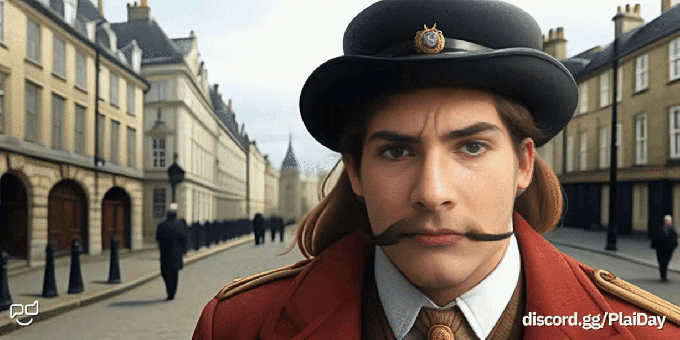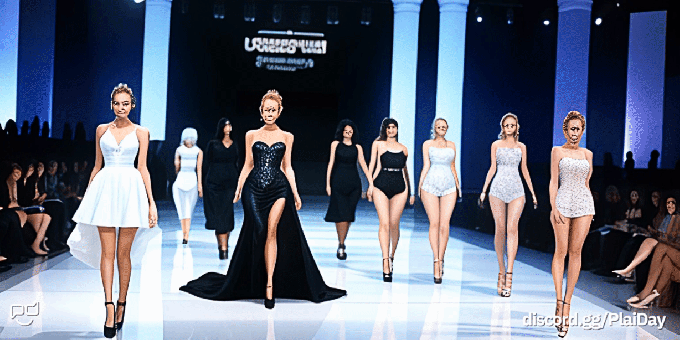For almost two decades, Chris DeWolfe and Aber Whitcomb — the minds behind social network platform Myspace and gaming company Jam City — have made it their mission to be on top of the hottest tech trends. Earlier this year, the veteran tech entrepreneurs shifted their focus to the web3 and generative AI craze with their latest venture — Plai Labs, an a16z-backed social platform development startup that aims to provide AI tools for consumers to collaborate and connect.
Plai Labs announced today the launch of its free text-to-video generator, PlaiDay, joining the sea of generative AI video tools, including Google’s Imagen, Meta’s Make-A-Video, OpenAI’s DALL-E 2 and Stable Diffusion. However, one notable feature that stands out is the ability to personalize videos by adding your likeness via selfies.
If you’ve ever wanted to see a video of yourself (an animated version of yourself, that is) flying over the Grand Canyon or battling intergalactic enemies, PlaiDay makes it possible. All you do is upload a selfie and type a few words, generating a short-form video that you can share with your friends and followers. The videos are currently only three seconds long, but the video duration will expand in the future. The company is also working on adding an audio capability.
One example the company showed us used the prompt: “English Bobby, 1800s style, streets of London, close-up, life-like.”
While we wouldn’t call this “life-like,” PlaiDay does a decent job of conveying realistic facial expressions. Plus, the people in the background are walking relatively smoothly. (Granted, they don’t completely move as real humans would, but it isn’t jarring.)
The personalized video is a little wonky. Since the user’s selfie doesn’t show them with a mustache, the video appears as if the person’s facial hair is seemingly fading into their skin.
This other example (created by a user named @Marvel on Discord) is 10 times more distorted. And flat-out creepy, to be honest. To avoid this, the company recommends typing “close up” or “portrait of” to generate detailed faces. Because it’s still early days, PlaiDay is better equipped to generate one face rather than a large group.
There’s likely a long way to go before we’ll see cinematic AI-generated videos appear on the TV screen. However, we’re still impressed by what PlaiDay has accomplished here and can see the potential.
You can try the personalized text-to-video generator on the PlaiDay Discord server. It’ll soon launch on PlaiDay, a free app currently in alpha. PlaiDay offers various other fun features, such as inserting yourself into TikTok videos, a text-to-image tool, the ability to restyle images, a text generator for captions and more. The company says it will announce more details about the app in the coming weeks.
“This is just the very beginning of what we see as the future of storytelling,” co-founder and chief architect Jim Benedetto told TechCrunch in an interview. “Once you can start putting yourself into these [AI] videos, you really start to tell your own stories.” Benedetto is the former senior vice president of technology at Myspace. He also co-founded content optimization startup Gravity, which AOL bought in 2014.
The text-to-video generator is built on the company’s AI platform (the internal code name is Orchestra), which leverages a combination of in-house and open source models. This is the first of many products that Plai Labs plans to offer.
As explained by the team, Orchestra is a “flexible set of tools that can be used to enhance almost any business. It leverages a foundation of reusable code blocks, which will enable tech and non-tech-savvy folks to create and deploy new, interesting AI applications quickly and efficiently — regardless of the industry.”
Plai Labs hopes its platform can help designers and product managers create AI capabilities without the help of engineers.
“We are excited because it enables a single product manager with a vision to create AI that normally would take five to 10 PHDs,” added Benedetto.

Prompt: gigantic fire golem elemental creature with two long arms, red electricity, on a rock platform, realistic graphics, dark fantasy. Image Credits: PlaiDay
Whitcomb explained that the AI platform isn’t limited to merely creating generative art. Soon, the platform can help with marketing campaigns, security monitoring, analytics and more.
“For example, you can generate a bunch of creatives with a diffusion process. You could then take a neural net that analyzes each one of those creatives and put some copy around that… you can use speech-to-text to make it make sure it’s indexable and an LLM module that you can use to be able to use multiple different languages or recommend other copy,” Whitcomb said.
“It’s flexible enough to do anything in the AI space,” he claimed.
The yet-to-be-named AI platform will become widely available in the coming months.



